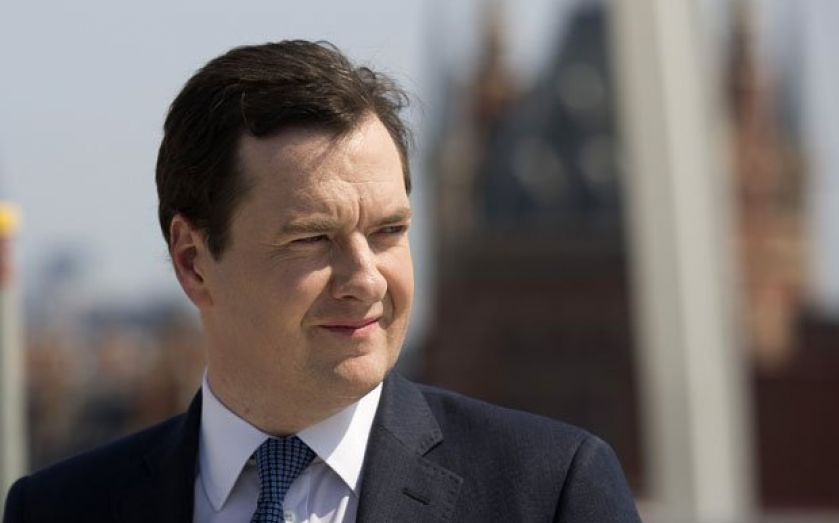Growth confirmed as first quarter’s estimate hiked

THE THIRD estimate of the UK’s GDP in the second quarter of this year was announced yesterday, with robust growth of 0.7 per cent confirmed.
The Office for National Statistics (ONS) also changed its view of the first quarter’s growth, suggesting a 0.4 per cent expansion, upgraded from the 0.3 per cent previously estimated.
Recent surveys of purchasing managers in the UK’s major sectors point to some of the most buoyant business conditions ever, suggesting strong growth in the third quarter.
However, Barclays’ chief UK economist Simon Hayes said that the underlying details of the announcement “take the gloss off growth” for chancellor George Osborne, with a low saving ratio, weak investment and a large current account deficit.
Growth in 2012 was revised downwards, with the economy basically stagnant, growing by a feeble 0.1 per cent across the whole year.
In the second quarter, spending on household consumption continued to rise, up by 0.3 per cent, marking the seventh quarter in a row that has seen an increase. Consumption rose by 1.8 per cent in the year to June.
The saving ratio ticked up in the same period, rising to 5.9 per cent from 4.4 per cent between January and March, but is low compared to 2012 levels. Capital Economics attributed the rise to April’s cut in the top rate of income tax.
Business investment is still falling, down by 2.7 per cent from the first quarter to the second. Though gross fixed capital formation rose by 0.8 per cent over the same period, the biggest contributor was government investment, which rose by 14.1 per cent.
The UK’s current account deficit for the first quarter was revised up to £21.8bn, 5.5 per cent of GDP, falling to £13bn or 3.2 per cent of GDP in the second.
Hayes concluded: “The UK’s external position has become more unbalanced, not less,” adding that despite a fall in the pound, the UK’s current account deficit is still larger than the pre-crisis average.